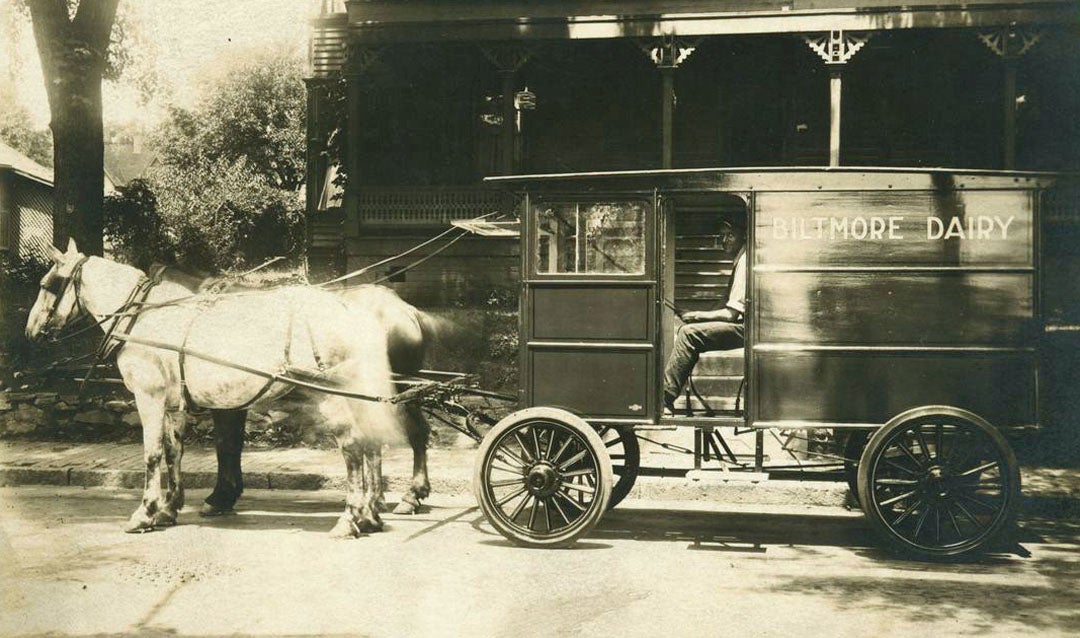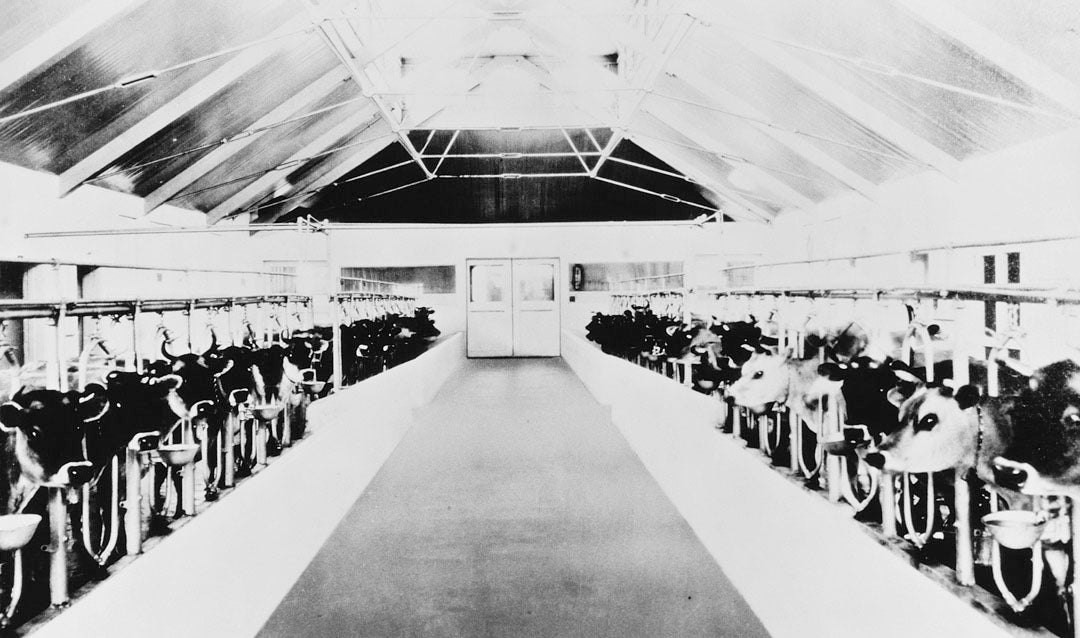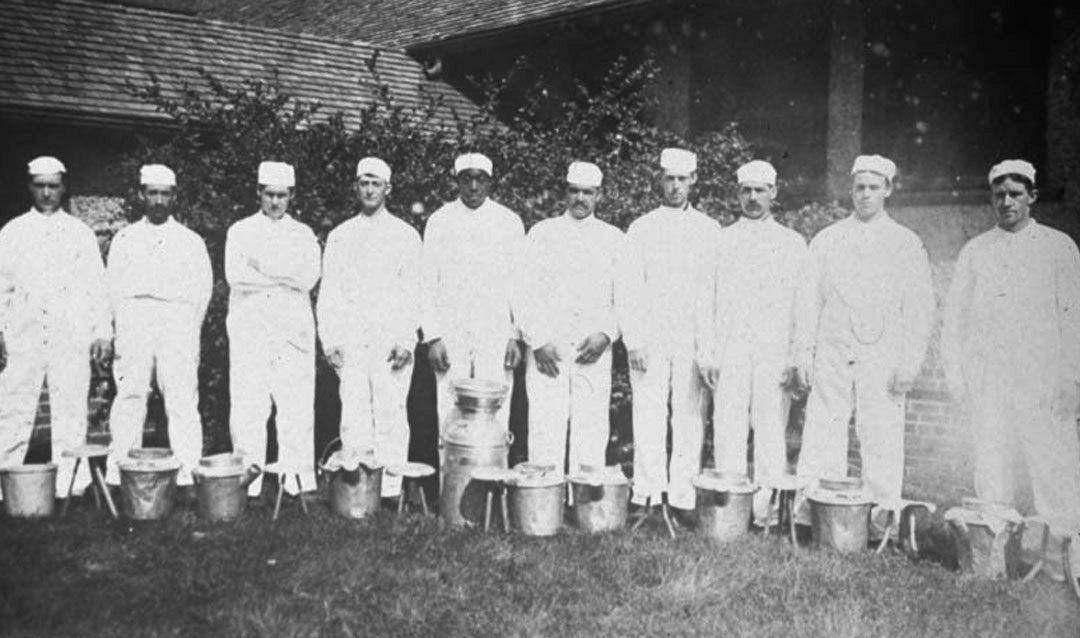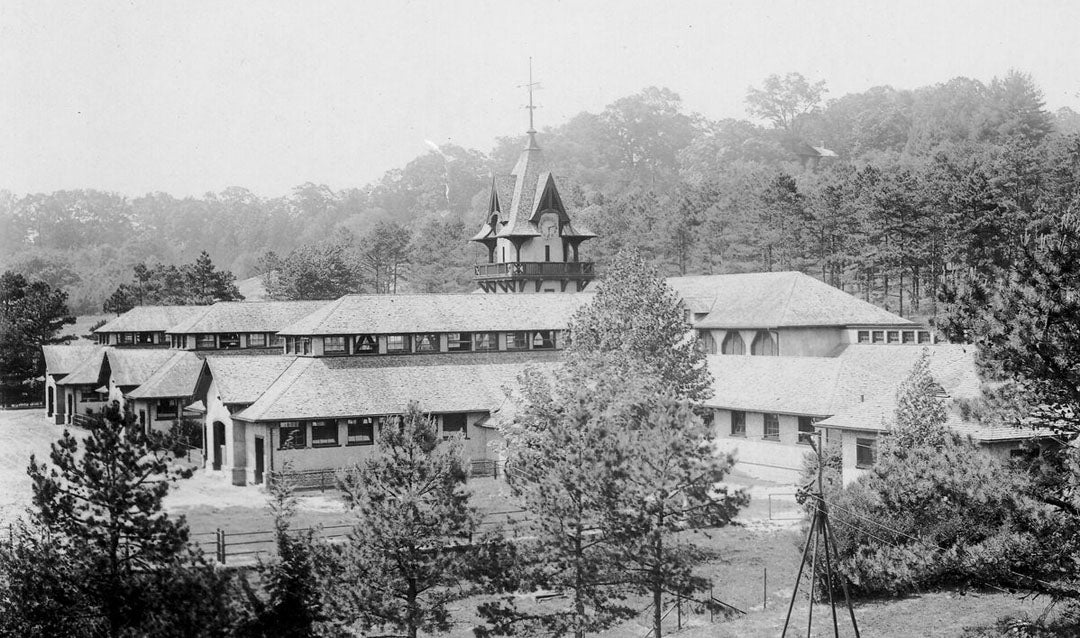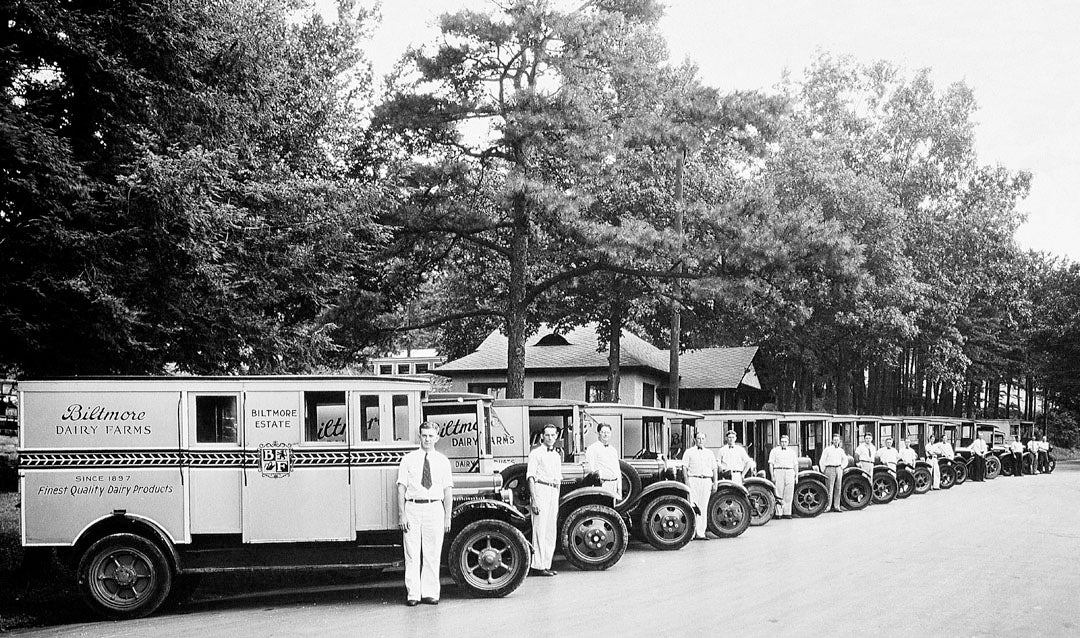At the age of 25, Edith Vanderbilt married the nation’s most eligible bachelor and assumed her role as lady of America’s Largest Home®, responsible for ensuring the comfort and entertainment of Biltmore’s many guests. And yet, she was so much more than a hostess.
Let’s take a look at some of Edith Vanderbilt’s most incredible efforts and achievements.
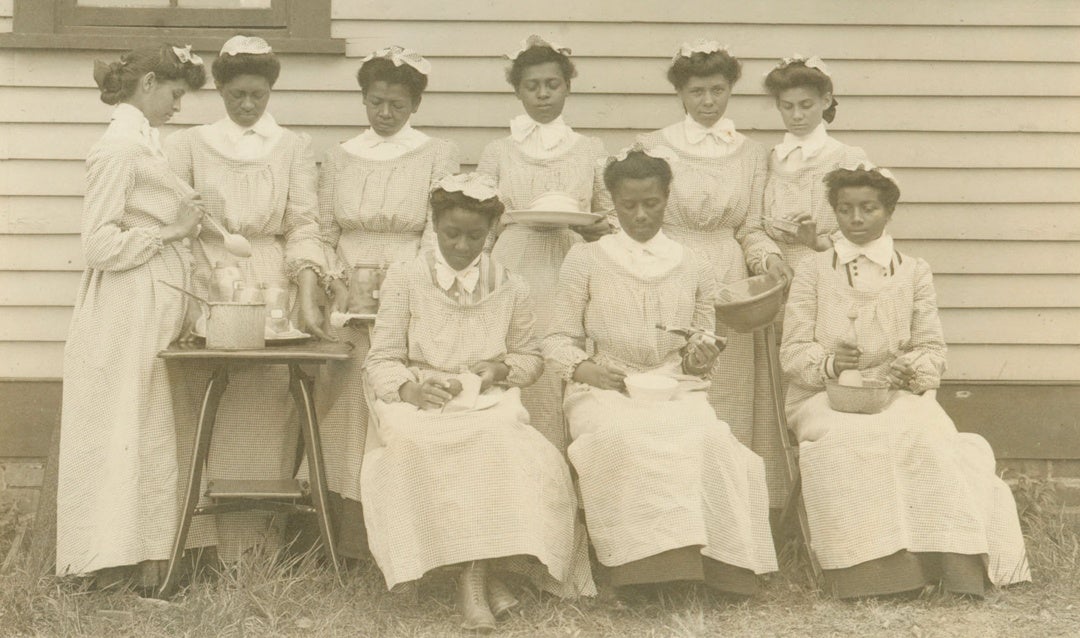
Biltmore School of Domestic Science
In 1901, Edith Vanderbilt established the Biltmore School of Domestic Science, which trained young Black women in professional housekeeping. The intention behind this initiative was two-fold: to help satisfy the increasing demand for efficient domestic service in the area at the time, and—more importantly to Edith—to help women with socio-economic challenges to become gainfully employed.
Coursework covered the duties of a maid, waitress, laundress, cook, and housekeeper; if a student showed a preference for a special line of work, she was given the necessary training to develop that skillset. Additionally, the school created a network to increase its graduates’ prospects of finding work:
“The graduating classes form a society for houseworkers. The purpose of this society is mutual help, by raising the respect of the general public for such work and workers…Any positions that are vacant if in good families will be reported, and an effort be made to fill them from among the members of the society.”
– The Home Science Magazine, Volume XX, October 1903–March 1904
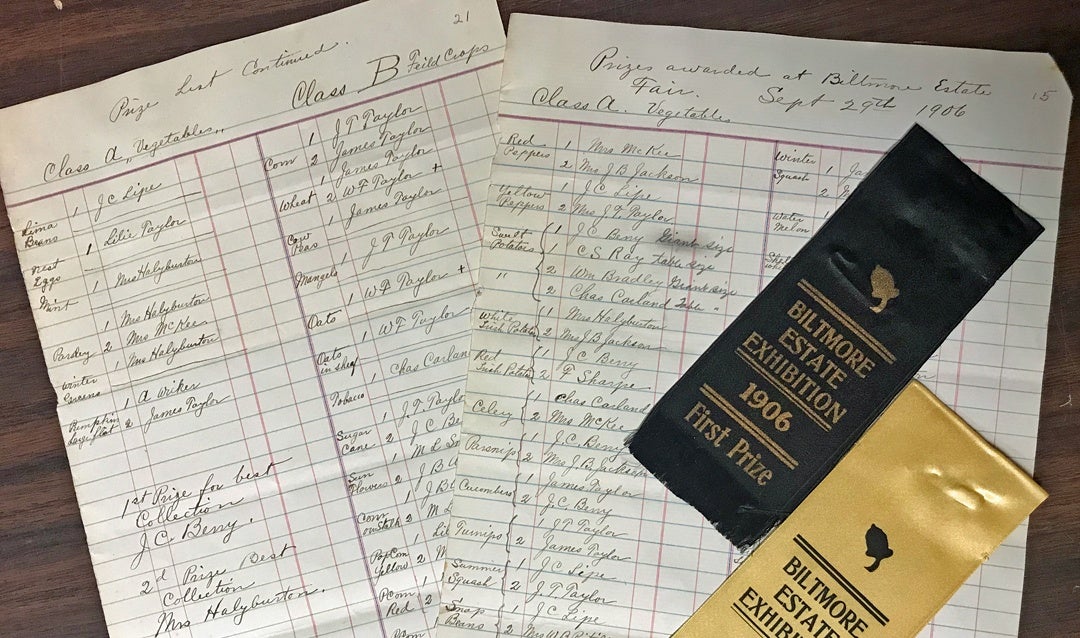
Biltmore Estate Exhibition
In order to nurture a sense of community among estate employees and their families, Edith organized the Biltmore Estate Exhibition, also referred to as the annual fair, in 1905. She distributed seeds as needed to all of the employees to ensure everyone could participate in the competitions.
Some of the initial categories included vegetables and herbs, field crops, domestic products such as breads and preserves, needlework, and baskets. Categories later expanded to include flowers, hogs, and poultry as well as a miscellaneous category to include eggs, honey, and various other items. Prizes included ribbons and a variety of garden books.
Though Edith was in London during the 1907 event, estate superintendent Chauncey Beadle wrote to her:
“Not another day shall pass without a full report to you of the Exhibition, which was celebrated in the grove above the Farm Cottages yesterday afternoon with the most auspicious weather that it was possible to have. The attendance and exhibits were very satisfactory, and, I believe all who participated enjoyed the day, the social intercourse and objects which were displayed.”
Thanks to oral histories, we know that the fairs continued into the 1940s.
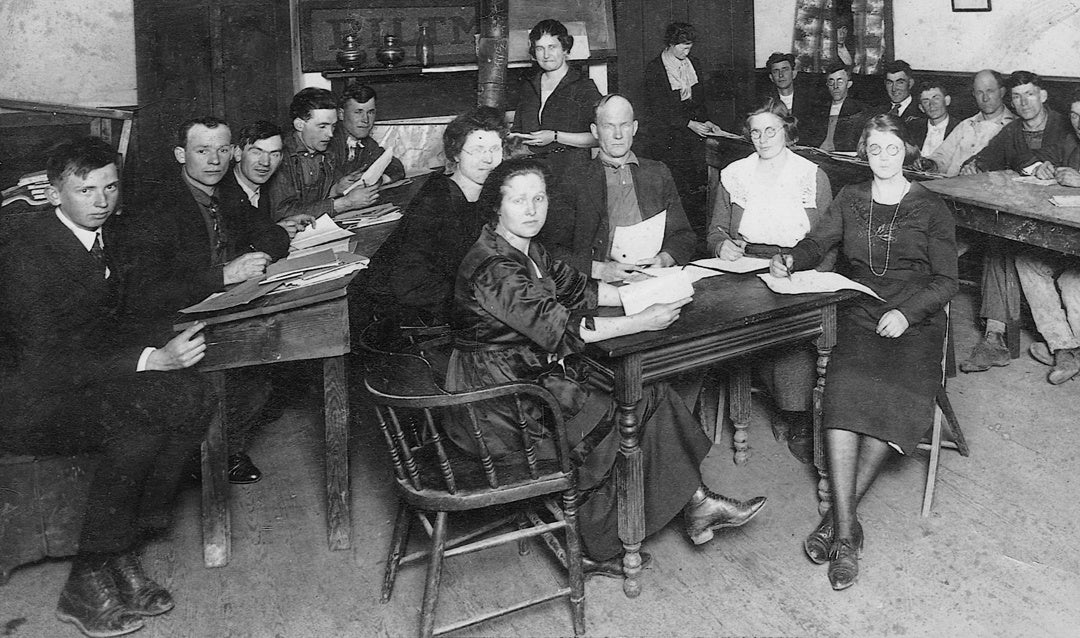
Biltmore Dairy Moonlight School
In 1914, Edith founded the Biltmore Dairy Moonlight School to teach illiterate estate workers how to read and write. Her larger intention was to attack the underlying causes of economic inequality and disenfranchisement. Classes were taught by Columbia University interns and graduates, who were receiving arguably the best teacher training in the nation at the time.
Edith Vanderbilt personally selected the textbook used at the school and even taught a class from time to time:
“It is an interesting picture: one of the world’s richest women… teaching dairy workers how to read and write in a horse barn in the mountains of North Carolina.”
– “Aristocracy and Appalachia: Edith Vanderbilt and Her Moonlight School” (2011) by Wilkie L. Whitney
While Biltmore’s was certainly not the first moonlight school, the model Edith pioneered was so effective, it inspired the foundation of many similar programs across North Carolina—all with the support of Edith as their most vocal advocate.
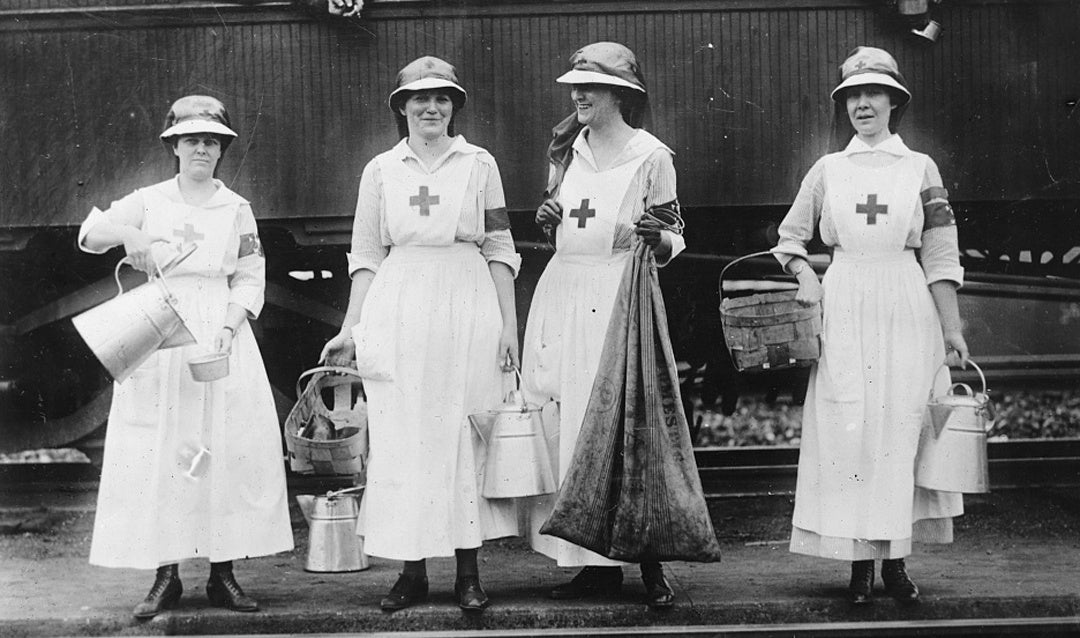
Red Cross Efforts during the Great War
When the United States became involved in the first World War, Edith Vanderbilt was splitting her time between Biltmore and Washington, DC—but no matter where she was, she always found ways to support the Red Cross during this turbulent time.
While in Asheville, she sponsored a golf tournament to raise funds for the Red Cross.
“The trophy was the gift of Mrs. Edith Vanderbilt, the rules providing that all entrance fees went to the Red Cross, and that no trophies should be given unless donated.“
– “Carolina Mountains Having Great Season,” The Times Dispatch, 19 August 1917
While in Washington, DC, she volunteered with the Red Cross as part of a Canteen Unit, which provided hot coffee, light refreshments, and mail services to troops at railroad junctions. True to form, Edith was recognized for going above and beyond at her Canteen’s encampment:
“Mrs. George Vanderbilt is quite wonderful, so cool and collected and executive. She took her motor and went off shopping, bought some extra equipment, a table for the tent to hold the telephone, some camp chairs, a rake to rake up the trash, a pump to pump the water into the cauldron, a mail bag, stamps, wire baskets; besides, she organized the post-office.”
– Presidents and Pies: Life in Washington 1897–1919 (1920) by Isabel Anderson
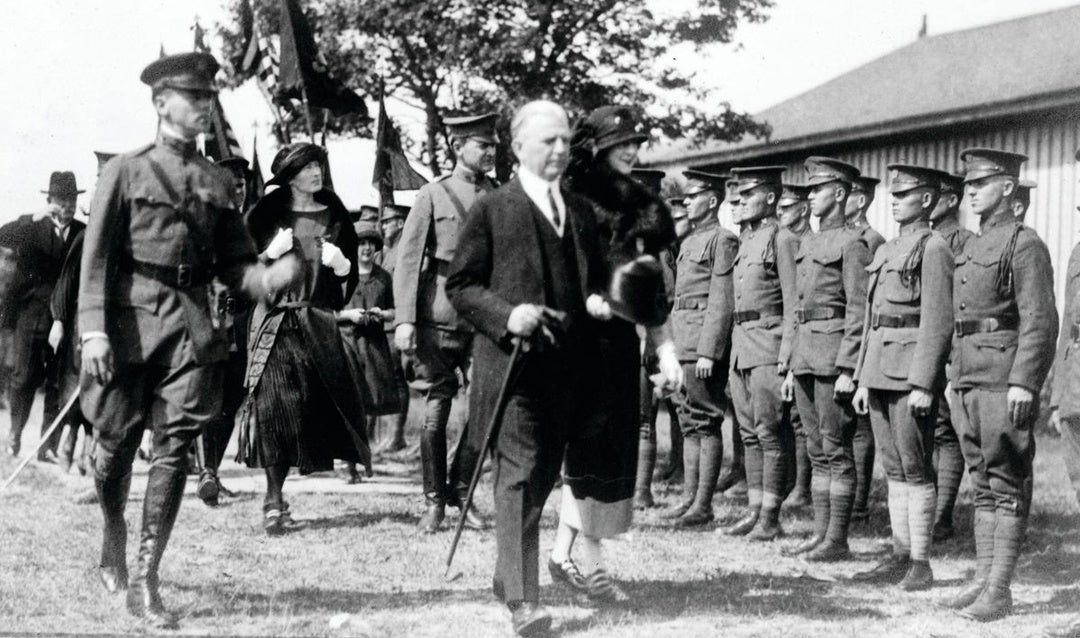
First Female President of the North Carolina Agricultural Society
In 1920, Edith Vanderbilt was elected the first female president of the North Carolina Agricultural Society as well as the 60th State Fair. Her first address in the role was one for the books.
“Anti-suffragists who have feared woman’s entrance into politics found themselves happy today when Mrs. Edith Vanderbilt made about the smartest 15-minute speech to a joint session of the general assembly heard within the historic walls of the state house in a long time…explaining in the outset that it would be like the modern skirt, to the extent that its length would cover the subject and its brevity attract attention. She was right.”
– “Woman Makes First Address to Legislature,” The Charlotte Observer, 3 February 1921
Under her leadership, the State Fair focused more on agriculture as opposed to sideshows. Edith traveled and wrote widely to promote the event and help attract exhibitors. She also led initiatives to improve the fairgrounds.
She would ultimately be re-elected to lead the 1922, 1923, and 1924 fairs, and then continued to serve on the executive committee following her tenure as president.
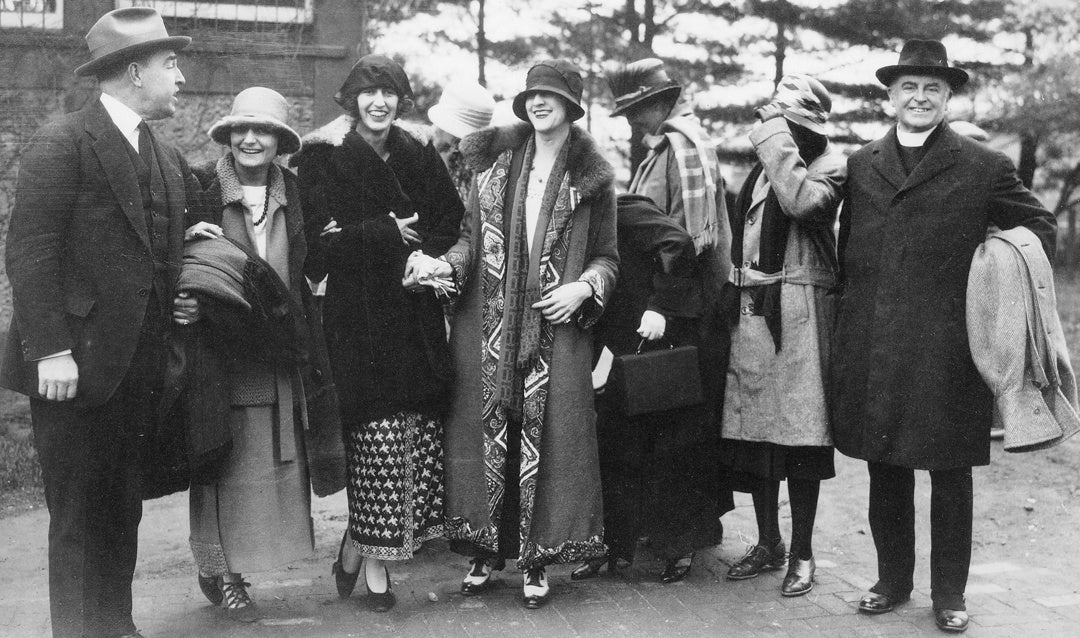
More than a Hostess
Beyond her duties as wife, mother, and lady of the house, Edith Vanderbilt felt a great responsibility towards her community. She was passionate about education, agriculture, and literacy. She was active in civic affairs at the local, state, and national level. Perhaps most impressive, she used her privilege to support those in need and the causes in which she so strongly believed.
Cheers to this extraordinary woman!
Feature image: Edith Vanderbilt gathering letters from soldiers while volunteering for the Red Cross, ca. 1918 (Photo courtesy of the Library of Congress: American National Red Cross Collection)
